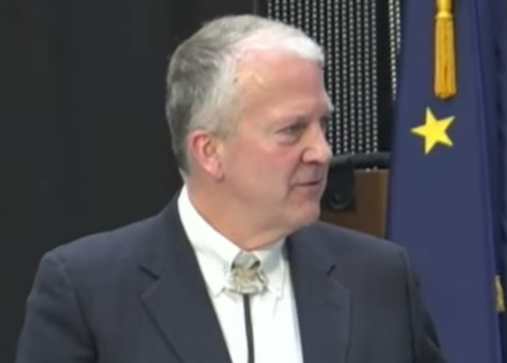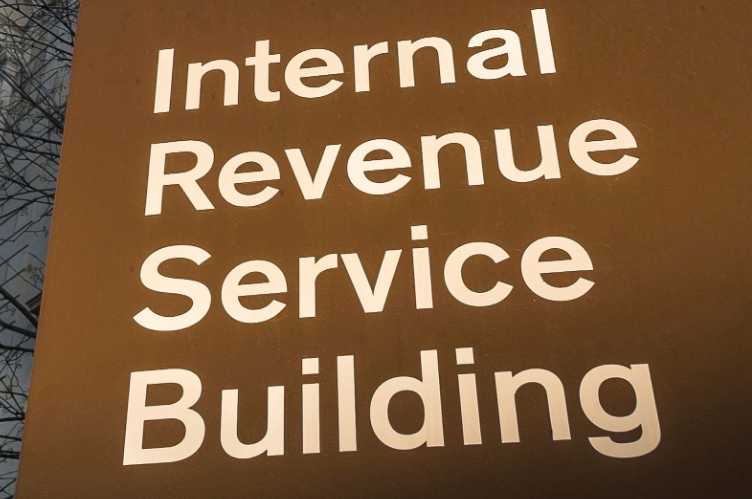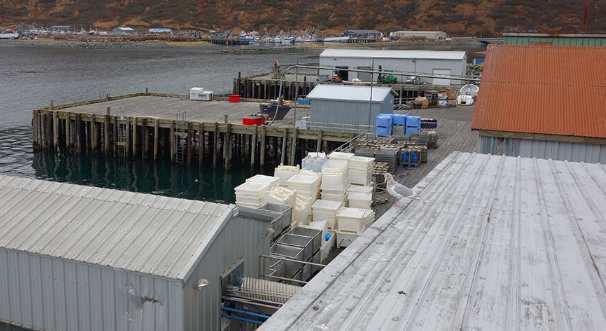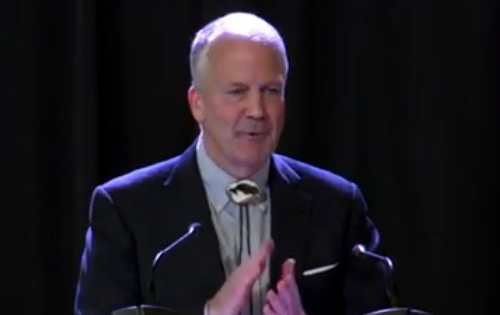 I like a good fish tale. But when it involves fish, not when it involves politics. And not when it involves Senate leaders failing to tell you about a new $145 million subsidy they want to give our partners in the oil industry.
I like a good fish tale. But when it involves fish, not when it involves politics. And not when it involves Senate leaders failing to tell you about a new $145 million subsidy they want to give our partners in the oil industry.
The Senate started a media push last week, saying that they want the House to vote for their bill to “end” $150 million a year in oil company cash credit subsidies. That would be great if they didn’t leave out the expensive part of the bill. What they didn’t mention in their press conference or an Op Ed this week is they want to give a huge amount of money to the oil industry, in place of cash subsidies. That new subsidy amount is close to what we now pay in cash credits. Both crush our budget, and both lavish oil companies when we are facing a staggering $2.5 – $3 billion budget deficit, and dwindling savings.
People should know when they are being given something with one hand, but having it taken away with the other.
Those who read about a Senate press conference last week, or read this week’s Op Ed by Senate President Pete Kelly (R-Fairbanks), might think the Senate has a plan to save you $150 million a year, or $1.5 billion over the next ten years, by supposedly “ending” cash payment subsidies to the oil industry.
But in exchange for “ending” roughly $150 million a year in cash payments to oil companies, they have called on our bi-partisan House majority Coalition to just sign on to a bill that reduces Alaska’s oil tax revenue, through “deductions”, by an estimated $145 million a year.
That’s $1.45 billion over the next ten years in subsidies and lost revenue, in place of $1.5 billion through cash credits. Those numbers come from the State Department of Revenue. For policy wonks, there is a “time value of money” issue that may be close to a wash, and that I’ll mention at the end of this column.
I believe in working together and achieving consensus. But I don’t believe in simply doing what I’m told, in this case by legislators who’ve been public that they want to keep us in deficit spending, and are pitching policy that needs real, collaborative work.
My colleagues in our House Bi-partisan Majority Coalition passed a real oil reform bill with a very modest but fair 25% tax on profits. It replaces an embarrassingly low current production tax that, at today’s prices, and even if oil prices rise by 75%, gets you a 0% tax on some North Slope fields and a meager 4% tax on the rest.
If ANWR is opened today under current law – and what the Senate proposes – those fields would pay a 0% production tax for seven years, and a meager 4% tax after that. In contrast, in North Dakota, where Conoco says they are still investing, the tax rate is 250% higher.
Our House plan included fair, affordable exploration and production incentives for industry. But you cannot just give state money away, with a rock bottom tax rate, and then pay companies exceptionally generous subsidies. That’s a pathway to massive non-priority spending, and crumbs left to pay for schools, Troopers, and basic services.
This state needs to get serious about a nearly $3 billion budget (projected for next year) deficit that is bleeding us into a long recession. Fixing it doesn’t start with reducing company production tax payments to Alaskans by $145 million more a year.
Our House Coalition believes we need to get past this deficit with a fair plan, which in part means a fair contribution from our oil industry partners. The Senate plan is $145 million in new subsidies to the oil industry, deficit spending, a $1,000 Permanent Fund Dividend, and no contribution from anyone else. Larger corporations, and the wealthiest who do not rely on the Dividend, win, and the rest of Alaska loses as continued education and other basic service cuts get proposed again and again.
I am glad for a budget compromise this year where all sides agreed ultimately agreed to eliminate the Senate’s proposed education cuts, and cuts to kids, seniors and those with disabilities. But, because of disappearing savings, we still don’t have even a close to average capital construction budget, for the needed maintenance of roads, buildings, airports and ports, and the needed jobs that come with that work.
Finally, there is the wonky “”time value of money” argument I promised I’d address. Between current “cashable credit” subsidies, and the Senate’s proposed subsidy that will be allowed through deductions and reduced future tax payments, the inflationary effect on the value when they are “paid” in the future is hard to calculate, and can be seen as roughly a wash.
Here’s why. Current cash credits cost an estimated $150 million a year, or an estimated $1.5 billion over the next ten years. These payments are being delayed by many years because Alaska does not have the over $1 billion needed to pay just the ones that are owed, and our statute says that in low oil revenue years, only a minimum payment is due.
The new deduction the Senate is pushing, for investments now in future fields, will cost $1.45 billion in reduced tax revenue, also paid in later years when the fields come on line.
In both cases, the deduction or credit will be worth less in future years, due to inflation, than it would be if it were paid right away. Both today’s “tax credits”, and the Senate’s proposed “deductions”, are worth less when they are paid in the future because inflation erodes the value of a dollar. Some have mistakenly claimed this time value of money discount only applies to the new Senate proposal. It also applies to the current cashable tax credit subsidy, which the state does not pay in the year those credits are generated.
That’s a lot. Please feel free to call if you have any questions, and I hope your summer is going well!
My Best,
Les Gara[xyz-ihs snippet=”Adsense-responsive”]








